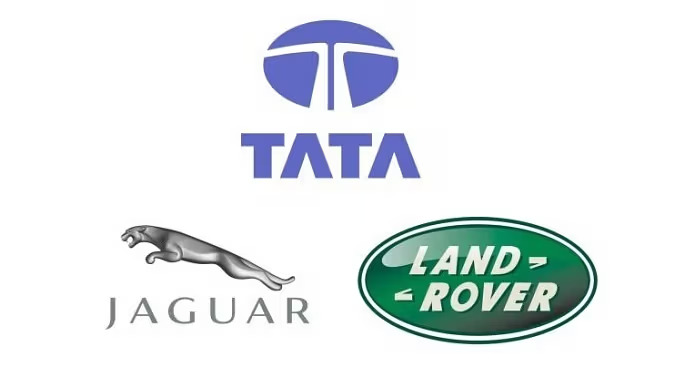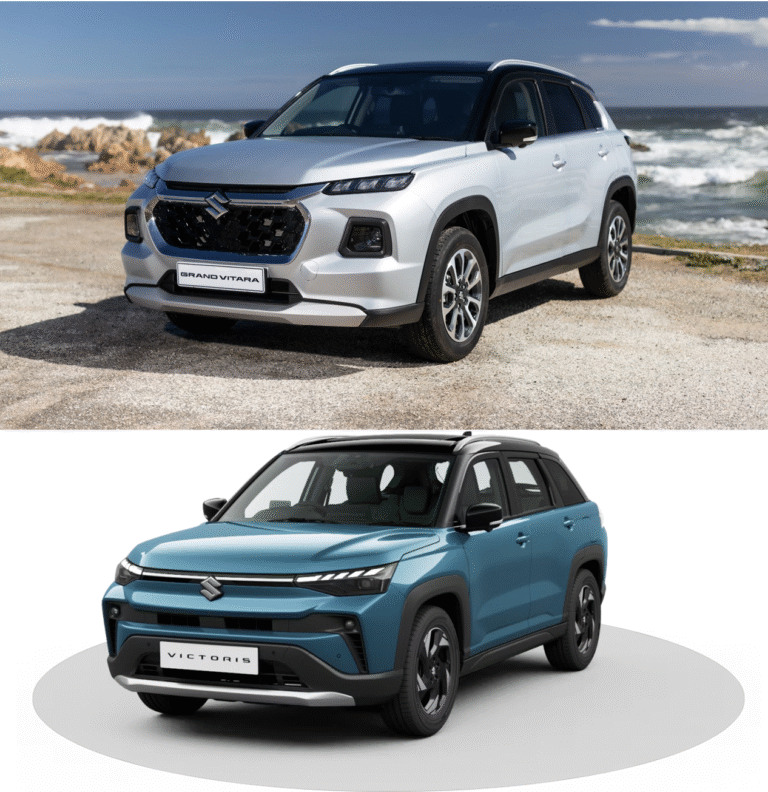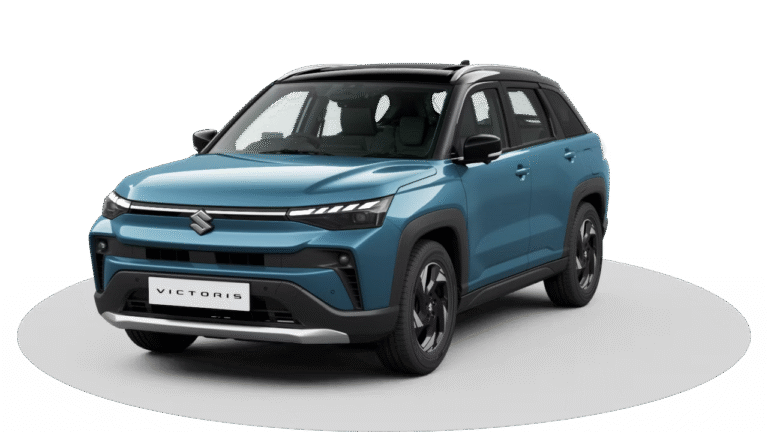
Photo by Varun Singh Chauhan on <a href="https://www.pexels.com/photo/man-reading-newspaper-standing-behind-dump-truck-20549162/" rel="nofollow">Pexels.com</a>
Tata Motors, one of India’s most trusted automotive giants, is making headlines in June 2025 for both its aggressive innovation push and the financial challenges stemming from its global operations. The company recently witnessed a sharp fall in its share price—dropping over 5%—following a downward revision of earnings guidance by its luxury arm, Jaguar Land Rover (JLR). JLR slashed its FY26 EBIT margin forecast from 10% to a more cautious 5–7%, citing the impact of increased U.S. import tariffs and rising investments in electric vehicle (EV) infrastructure. These changes have raised investor concerns, especially with JLR now projecting zero free cash flow for the fiscal year. Despite this, credit rating agency Moody’s has maintained Tata Motors’ Ba1 rating and even upgraded JLR’s credit outlook, reflecting long-term confidence in the company’s fundamentals.
On the innovation front, Tata Motors is not slowing down. The company introduced factory-fitted air-conditioning units across its commercial truck segment, focusing on driver comfort and operational efficiency. In the passenger vehicle space, the 2025 Tata Altroz facelift has been launched, boasting significant upgrades in both design and features to stay competitive against rivals like the Hyundai i20 and Maruti Baleno. In the EV segment, the much-anticipated Harrier EV made its debut in early June, featuring advanced safety systems, longer range, and fast-charging capabilities. Tata Motors’ commitment to electrification is evident in its broader roadmap, which includes the rollout of 30 new vehicles by 2030. These include the upcoming Sierra EV, ICE variants, and other futuristic models like the Avinya and Curvv.

Tata Motors is also offering attractive incentives on its existing EV lineup, including models like the Tiago EV, Punch EV, and Nexon EV. This move, combined with expanding exports to countries like Sri Lanka and Mauritius, reinforces its strategy to lead India’s EV revolution while tapping into emerging international markets.
Despite the headwinds, including JLR’s financial caution and market volatility, Tata Motors remains on track with its long-term vision. Its investments in product innovation, sustainable mobility, and global expansion paint a promising future. As the company adapts to new market dynamics and shifts in consumer demand, it continues to set benchmarks in both commercial and passenger vehicle segments. For investors and customers alike, Tata Motors in 2025 is a story of resilience, reinvention, and relentless forward motion.



